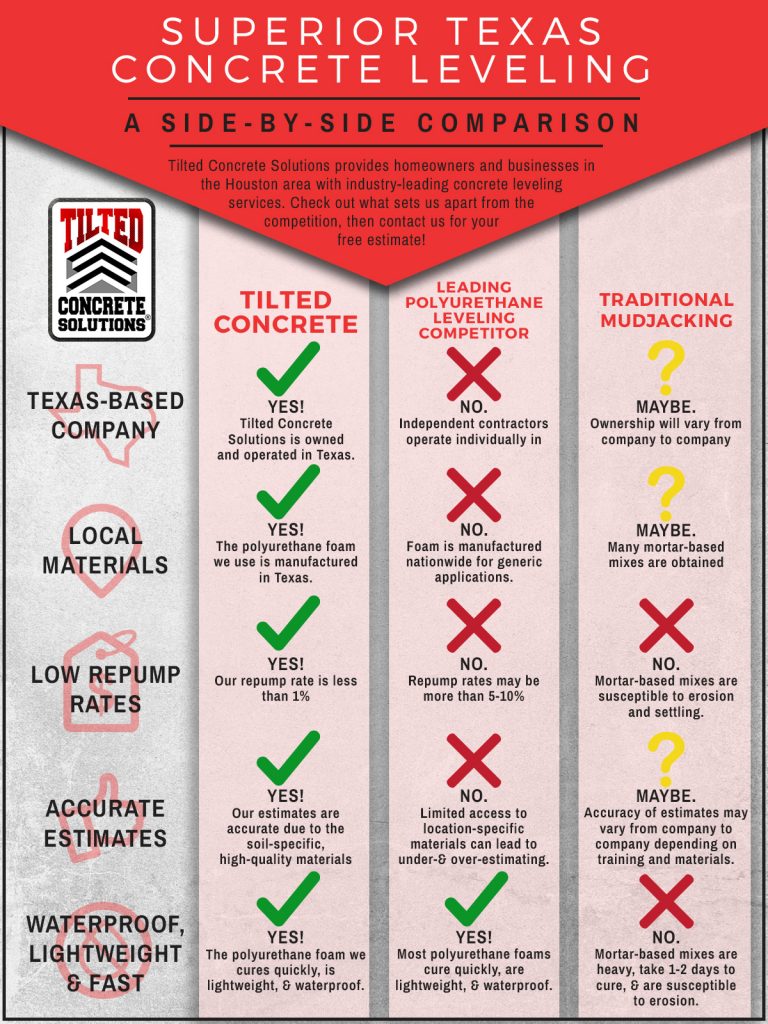Tips For Preparing Your Walls For A Spotless Paint Job
Tips For Preparing Your Walls For A Spotless Paint Job
Blog Article
Short Article Created By-Watson Hjelm
Accomplishing a perfect paint work starts with precise wall surface preparation. From completing blemishes to priming surface areas, each step plays a crucial function in the final result. But what concerning those difficult corners and sides that can make or break the general appearance? Remain tuned to discover skilled tips on just how to browse these challenging locations with skill, guaranteeing a smooth finish that will raise your room to brand-new heights of class.
Wall Surface Inspection and Repair
Evaluating walls for any imperfections and quickly addressing them through essential repair work is critical for attaining a smooth and perfect paint job. Prior to beginning the paint process, very carefully examine the walls for splits, holes, dents, or any other damages that could affect the final result.
Beginning by completing any type of cracks or holes with spackling compound, allowing it to dry completely before sanding it to produce a smooth surface area. For larger dents or harmed locations, consider utilizing joint compound to guarantee a seamless repair work.
Additionally, look for any type of loosened paint or wallpaper that may require to be gotten rid of. Remove any peeling paint or old wallpaper, and sand the surface area to create a consistent appearance.
It's likewise essential to examine for water damages, as this can cause mold development and impact the adhesion of the new paint. Attend to any type of water spots or mold with the appropriate cleansing solutions prior to proceeding with the paint process.
Cleaning and Surface Area Preparation
To ensure a pristine and well-prepared surface for painting, the next step entails completely cleaning and prepping the walls. Begin by dusting the wall surfaces with a microfiber fabric or a duster to eliminate any loose dust, webs, or debris.
For even more persistent dirt or crud, an option of light cleaning agent and water can be utilized to carefully scrub the walls, complied with by a thorough rinse with clean water. Pay unique attention to locations near light buttons, door deals with, and baseboards, as these tend to accumulate even more dust.
After cleansing, find more info is vital to check the walls for any fractures, holes, or blemishes. These must be filled with spackling substance and sanded smooth when dry. Fining sand the walls gently with fine-grit sandpaper will likewise help create a consistent surface for paint.
Priming and Taping
Before painting, the walls need to be keyed to make certain appropriate attachment of the paint and taped to shield surrounding surfaces from roaming brushstrokes. Priming works as an essential step in the painting procedure, especially for brand-new drywall or surfaces that have actually been patched or fixed. It helps secure the wall surface, developing a smooth and consistent surface area for the paint to adhere to. In addition, guide can boost the durability and insurance coverage of the paint, eventually bring about a much more specialist and lasting surface.
When it comes to taping, making use of painter's tape along trim, ceilings, and other surface areas you wish to secure is necessary to accomplish tidy and crisp paint lines. Painter's tape is developed to be quickly applied and removed without damaging the underlying surface area or leaving any type of deposit. Make the effort to properly tape off locations prior to painting to save yourself the headache of touch-ups in the future.
visit the up coming website
To conclude, appropriately preparing your wall surfaces before painting is critical for attaining a perfect finish. By inspecting for blemishes, cleaning extensively, keying the surface area, and using painter's tape for tidy lines, you can guarantee a professional-looking paint job.
Taking the time to complete these steps will lead to a smooth and resilient finish that improves the general look of your space.
